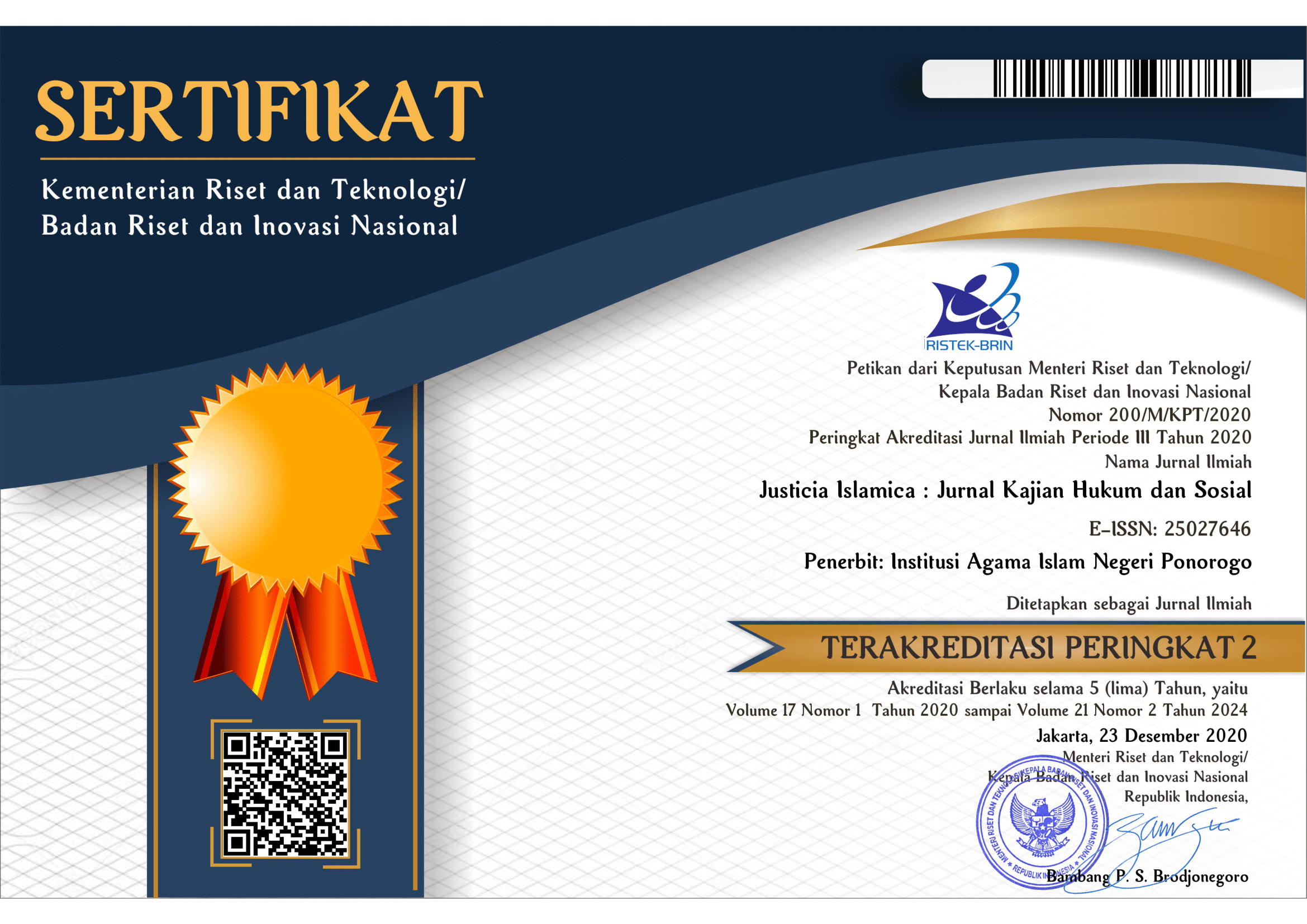Kontribusi Ibn Hazm Terhadap Pembaharuan Hukum Islam
Upaya Pemurnian Hukum Islam dari Dominasi Ra'y
Keywords:
ushul fiqh; Zahiri school; ra'yAbstract
This study aims to analyze Ibn Hazm's contribution to the renewal of Islamic law, especially in his efforts to purify Islamic law from the domination of ra'y (rational opinion). As the main figure of the Zahiri school of thought, Ibn Hazm rejected the use of qiyas, istihsan, and taqlid, and emphasized a literal understanding of the law based on the text of the Qur'an and Hadith. This study uses a qualitative method with a literature study approach, analyzing Ibn Hazm's works such as Al-Muhalla and Ihkam fi Ushul al-Ahkam. The results show that Ibn Hazm contributed to offering a more textualist approach to Islamic law, which rejects subjectivity in ijtihad. Although his approach is often criticized for being rigid, his thoughts continue to have an influence in the discourse of modern Islamic law, especially in the effort to maintain the purity of shar'i arguments.
References
.
Downloads
Published
Issue
Section
License

This work is licensed under a Creative Commons Attribution-ShareAlike 4.0 International License.
Requirements to be met by the author as follows:
- Author storing copyright and grant the journal right of first publication manuscripts simultaneously with licensed under the CC BY-SA allows others to share the work with a statement of the work's authorship and initial publication in this journal.
Authors can enter into the preparation of additional contractual separately for the non-exclusive distribution of a decadent version of the journal issue (e.g., post it to an institutional repository or publish it in a book), with the recognition of initial publication in this journal.
Authors are allowed and encouraged to post their work online (e.g., in institutional repositories or on their website) before and during the submission process because it can lead to productive exchanges and citations earlier and more severe than published works. (see The Effect of Open Access).
This work is licensed under CC BY-SA.


















